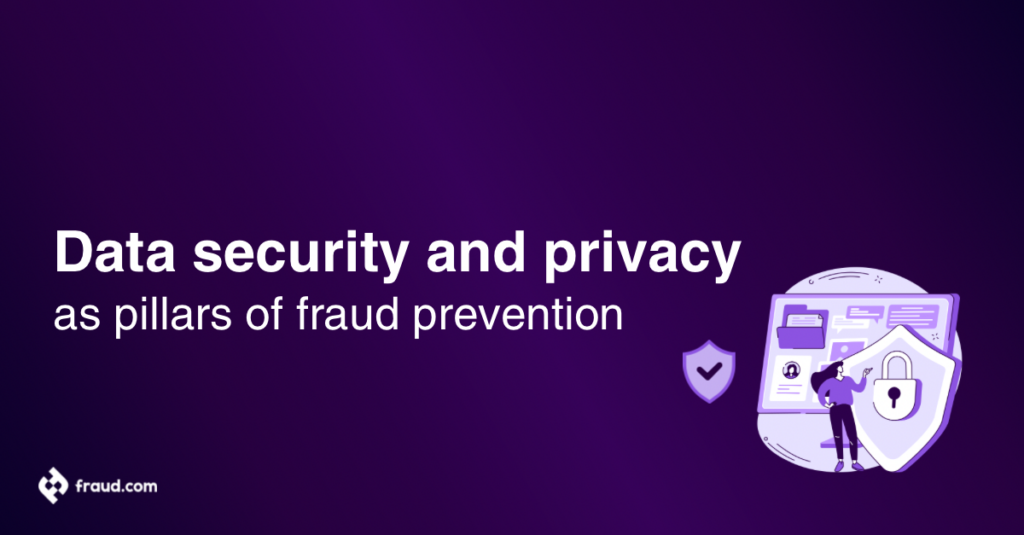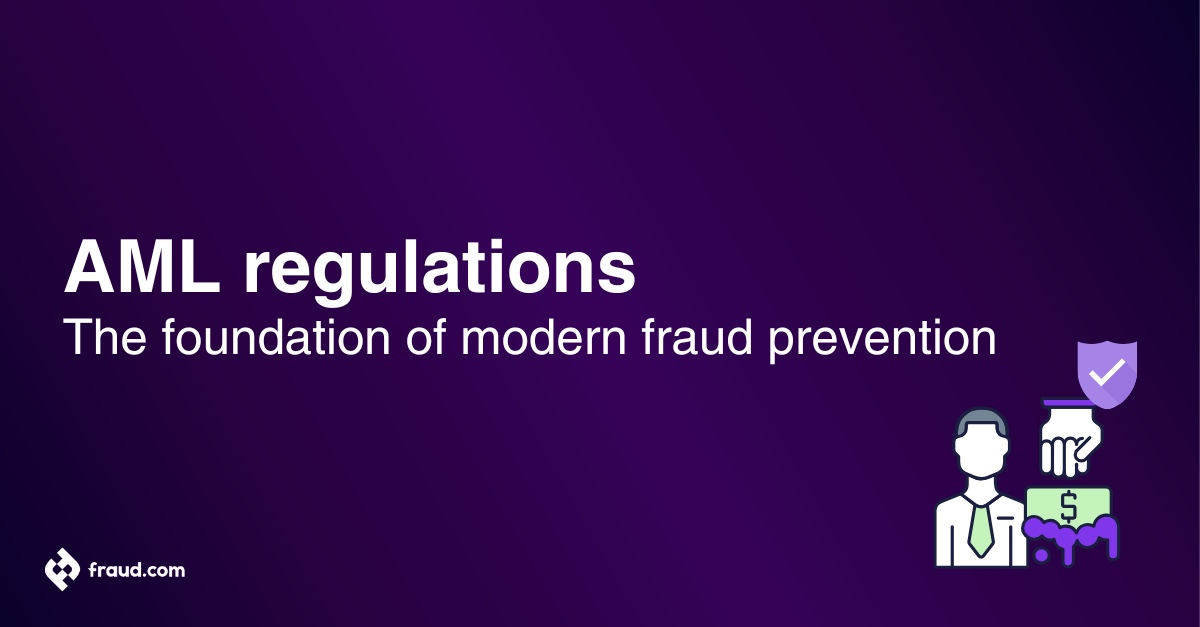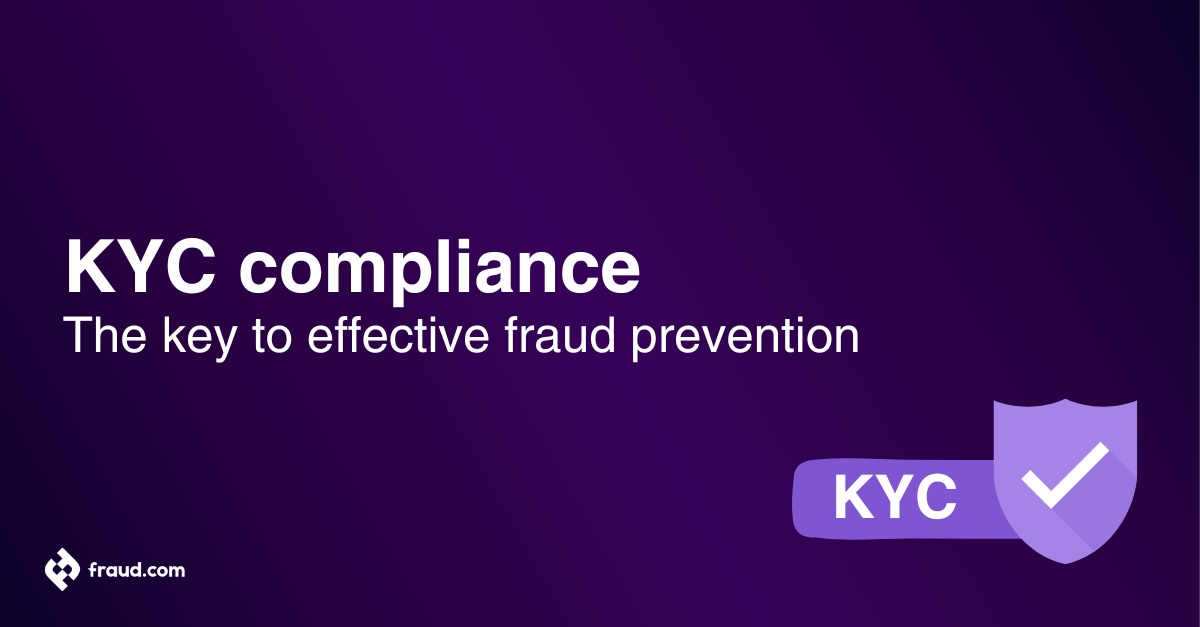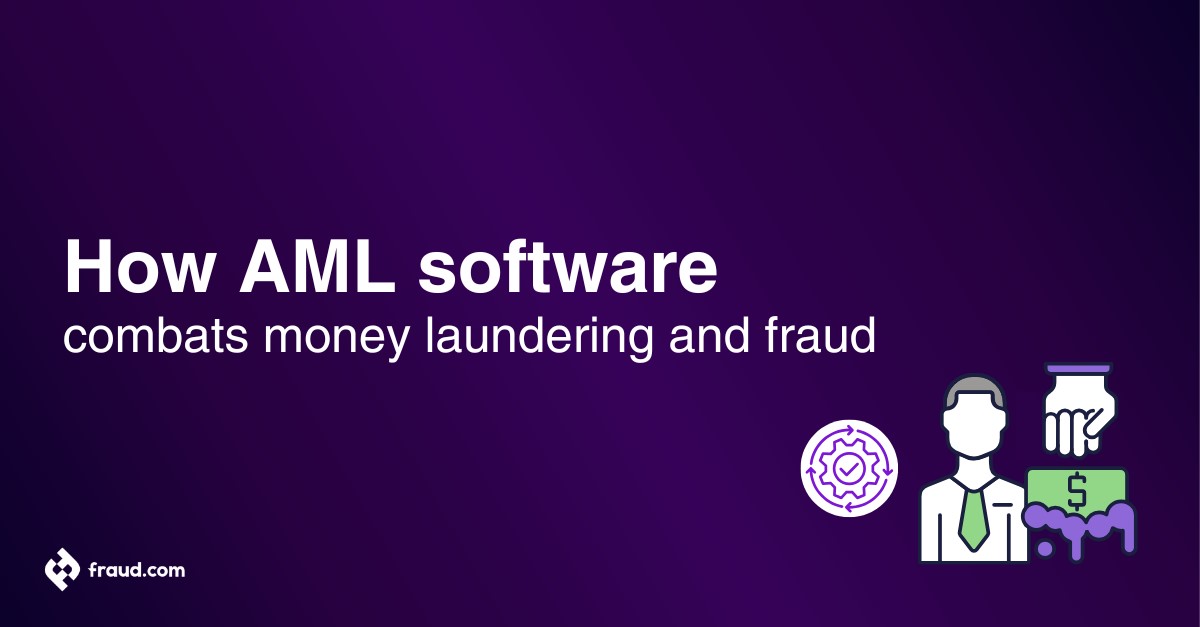In our increasingly digital world, the need for robust data security and privacy has never been more critical. As cyber threats become more sophisticated, the connection between protecting sensitive information and preventing fraud is undeniable. Companies worldwide are under pressure to ensure that data is secure, not just to maintain customer trust, but also to comply with regulations and avoid financial losses.
This article will examine how strong data security and privacy measures are fundamental to effective fraud prevention. We will discuss best practices, the difference between the two, and more to illustrate how these pillars protect valuable data and support business integrity in the fight against fraud.
Table of Contents
ToggleWhat is data security?
Data security refers to the measures and protocols implemented to safeguard data from unauthorized access, data breaches, and other threats. This includes the use of encryption, firewalls, intrusion detection systems, and access controls. Data security ensures that information is only accessible to authorized users and that it remains intact and unaltered. By implementing these measures, organizations can protect their data from cyberattacks, unauthorized access, and accidental loss or corruption.
What is data privacy?
Data privacy focuses on the appropriate handling and use of personal information. This involves ensuring that data is collected, stored, and shared in compliance with relevant laws and regulations. Privacy measures aim to protect individuals’ rights by controlling how their personal data is used, shared, and protected from misuse. Effective data privacy practices ensure that personal information is handled transparently, with consent, and used only for its intended purpose.
Data protection vs. data privacy
In discussions surrounding data security and privacy, the terms “data security” and “data privacy” are often used interchangeably, but they encompass distinct aspects of handling sensitive information. Understanding the differences between these concepts is crucial for developing comprehensive strategies to safeguard data and uphold individuals’ rights. This requires a nuanced grasp of data privacy and data handling practices, as well as recognizing the balance between data privacy vs data utility in preventing fraud and ensuring ethical use.
Data protection: Data protection refers to the overall safeguarding of data against unauthorized access, breaches, and corruption throughout its lifecycle. It encompasses technical, organizational, and legal measures designed to ensure data integrity, availability, and confidentiality. Key aspects of data protection include:
- Security measures: Implementation of encryption, access controls, firewalls, and intrusion detection systems to prevent unauthorized access and breaches.
- Data backup and recovery: Regular backup procedures to ensure data availability in the event of data loss or corruption.
- Risk management: Proactive identification, assessment, and mitigation of risks associated with data handling and storage.
- Compliance: Adherence to legal and regulatory requirements pertaining to data protection, such as General Data Protection Regulation (GDPR) in Europe or CCPA in California.
- Incident response: Preparedness to respond swiftly and effectively to data breaches or security incidents, including containment, investigation, and notification procedures.
Data privacy: Data privacy, on the other hand, focuses specifically on the ethical and legal considerations surrounding the collection, use, and sharing of personal information. It concerns the rights of individuals regarding how their personal data is processed and protected. Key aspects of data privacy include:
- Consent: Obtaining explicit consent from individuals before collecting and processing their personal data, especially sensitive information.
- Purpose limitation: Ensuring that personal data is collected only for specified, explicit, and legitimate purposes and not further processed in a manner incompatible with those purposes.
- Transparency: Providing clear and accessible information to individuals about how their data is used, including who has access to it and for what purposes.
- Data minimization: Collecting only the minimum amount of personal data necessary for achieving the specified purposes.
- Individual rights: Upholding individuals’ rights to access, rectify, delete, and restrict the processing of their personal data.
- Cross-border data transfers: Ensuring that personal data transferred across borders complies with relevant legal frameworks and offers adequate protection.
The relationship between data privacy and data security
Data privacy and data security are distinct yet deeply interconnected concepts that together create a robust defense against cyber threats and fraud. Their symbiotic relationship is crucial for effective data protection and fraud detection and prevention.
The relationship between the two can be understood as follows:
- Mutual reinforcement: Strong data security measures support privacy by protecting personal information from unauthorized access and breaches. Without robust security, privacy cannot be guaranteed, as data can be easily compromised.
- Compliance and trust: Privacy regulations often mandate specific security measures to protect personal data. Compliance with these regulations not only protects individuals’ privacy but also builds trust with customers and stakeholders, demonstrating a commitment to safeguarding their information.
- Holistic protection: Effective fraud prevention relies on both security and privacy. Security measures protect against unauthorized access and data breaches, while privacy practices ensure that data is handled ethically and legally, reducing the risk of misuse.
- Comprehensive framework: Together, data security and privacy form a comprehensive framework for managing and safeguarding sensitive information. Addressing both aspects ensures all potential vulnerabilities are covered, creating a multi-layered defense strategy essential in today’s threat landscape.
- Trust and compliance: Robust data protection measures support compliance with data privacy regulations, enhancing trust with customers and stakeholders. Adhering to these regulations demonstrates a commitment to ethical standards and legal requirements, which can set an organization apart in a competitive market.
- Risk mitigation: Effective data protection reduces risks associated with data breaches, safeguarding individuals’ privacy rights. By identifying and addressing potential threats, organizations can minimize the impact of security incidents, ensuring personal data remains secure and protecting the organization’s reputation.
- Ethical responsibility: Balancing data protection with respect for data privacy reinforces ethical practices in handling personal information. This balance ensures organizations comply with legal requirements and uphold the moral duty to respect individuals’ privacy, fostering a culture of integrity and trust.
A comprehensive framework for data protection
Understanding and integrating both data security and privacy principles is essential for organizations to navigate regulatory landscapes, mitigate risks, and foster trust in an increasingly data-driven world. By prioritizing both aspects, businesses can uphold their commitment to protecting sensitive information while respecting individuals’ rights to privacy and data protection.
In summary, privacy and data security are two sides of the same coin. Their combined efforts form a comprehensive framework for managing and safeguarding sensitive information, ensuring regulatory compliance, and maintaining the trust of individuals and organizations alike.
Why is it important to understand the differences?
Understanding the differences between data privacy and data security is crucial for several reasons:
- Targeted strategies: Recognizing their distinct aspects allows organizations to develop effective, targeted strategies for protecting data.
- Regulatory compliance: Different regulations apply to privacy and data security. Knowing the differences helps ensure compliance and avoids legal penalties.
- Resource allocation: Clear differentiation enables better allocation of resources, ensuring investments are appropriately directed.
- Risk management: Identifying specific risks related to privacy and security enhances overall risk management and reduces the likelihood of data breaches and fraud.
- Enhanced trust: Clear communication about privacy and data security builds trust with customers and stakeholders, reassuring them that their information is managed responsibly.
Grasping the nuances between data privacy and data security not only enhances data protection and compliance but also plays a key role in preventing fraud and fostering trust in a data-driven world.
Similarities between data security and data privacy
While data security and data privacy are distinct concepts, they share several similarities:
- Protection of sensitive information: Both aim to safeguard sensitive data from unauthorized access and misuse.
- Risk management: Each requires a strategic approach to managing risks associated with data handling and storage.
- Regulatory compliance: Both are governed by laws and regulations that mandate specific practices to ensure the protection of data.
- Trust building: Implementing strong data security and privacy measures helps build trust with customers, stakeholders, and regulatory bodies.
Differences between data security and data privacy
Despite their similarities, data security and data privacy have key differences:
- Focus: Data security concentrates on protecting data from external threats and unauthorized access, ensuring data integrity and availability. Data privacy focuses on the ethical and legal handling of personal information, emphasizing consent and proper usage.
- Scope: Data security applies to all types of data, whether personal, corporate, or transactional. Data privacy specifically concerns personal information and how it is collected, processed, and shared.
- Measures and practices: Data security involves technical measures such as encryption and firewalls. Data privacy involves policy measures, ensuring compliance with legal standards and obtaining user consent for data usage.
- Objective: The primary goal of data security is to prevent data breaches and loss, whereas data privacy aims to protect individual rights and ensure that personal data is used responsibly and legally.
Understanding both the similarities and differences between data security and data privacy is essential for creating a comprehensive data protection strategy that effectively mitigates risks and safeguards sensitive information.
Best practices for ensuring data security
Data security is a cornerstone of fraud prevention, encompassing a range of strategies and technologies to protect sensitive information from unauthorized access, breaches, and other cyber threats. Here are some best practices that organizations can implement to enhance their data security posture:
- Encryption: Use strong encryption methods to encode data both at rest and in transit. Encryption ensures that even if data is intercepted, it remains unreadable without the appropriate decryption keys.
- Access control: Implement strict access control mechanisms to ensure that only authorized individuals can access sensitive data. This includes using strong authentication methods (e.g., multi-factor authentication) and least privilege principles to limit access based on roles and responsibilities.
- Regular audits and monitoring: Conduct regular security audits and monitoring of systems and networks to detect and respond to potential vulnerabilities or suspicious activities promptly. Monitoring helps in identifying unauthorized access attempts or anomalies that could indicate a breach.
- Patch management: Keep software and systems up to date with the latest security patches and updates. Vulnerabilities in software can often be exploited by cyber attackers to gain unauthorized access to sensitive data.
- Employee training and awareness: Educate employees about data security best practices, including phishing awareness and safe browsing habits. Employees are often the first line of defense against cyber threats and should be vigilant in protecting sensitive information.
- Secure data disposal: Implement procedures for secure data disposal to ensure that sensitive information is properly erased or destroyed when no longer needed. This prevents unauthorized access to data that may still reside on old or discarded devices.
- Incident response plan: Develop and maintain an incident response plan to quickly mitigate the impact of a data breach or security incident. This plan should outline procedures for containment, investigation, communication, and recovery.
- Data minimization: Adopt a data minimization approach by collecting and retaining only the data necessary for business operations. Limiting the amount of sensitive information reduces the risk exposure in the event of a breach.
- Secure third-party partnerships: Ensure that third-party vendors and partners adhere to stringent security standards and practices. Establish contractual agreements that outline data security requirements and responsibilities.
- Regular security assessments: Conduct regular security assessments and penetration testing to identify and address vulnerabilities in systems and applications proactively.
By implementing these best practices, organizations can strengthen their data security posture, mitigate the risk of data breaches, and uphold customer trust while complying with regulatory requirements. Effective data security not only safeguards sensitive information but also plays a crucial role in comprehensive fraud prevention strategies.
How does biometric data impact privacy?
Biometric data, such as fingerprint technology, facial recognition patterns, iris scans, and voice biometrics, plays a significant role in modern security and verification and authentication systems. While biometrics offer enhanced security and convenience, they also raise important privacy concerns due to their unique nature and potential for misuse. Here are several key considerations regarding the impact of biometric data on privacy:
- Uniqueness and irreversibility: Biometric identifiers are unique to each individual and generally cannot be changed. Unlike passwords or PINs, which can be reset or revoked, biometric data, once compromised, poses a permanent privacy risk.
- Sensitive personal information: Biometric data is considered highly sensitive personal information. Its unauthorized use or disclosure can lead to significant privacy violations, identity theft, or unauthorized access to personal accounts such as bank accounts.
- Potential for surveillance: Biometric technologies, especially facial recognition systems, raise concerns about mass surveillance and tracking of individuals in public spaces or online environments. This has implications for personal freedom and civil liberties.
- Data security risks: Storing and transmitting biometric data introduces security risks. If improperly secured, biometric databases can become targets for cyberattacks, leading to data breaches and potential misuse of sensitive information.
- Legal and regulatory frameworks: Many jurisdictions have begun to enact specific laws and regulations governing the collection, storage, and use of biometric data. Compliance with these regulations is crucial for organizations to protect individuals’ privacy rights.
- Informed consent and transparency: Individuals should be fully informed about how their biometric data will be collected, used, stored, and shared. Transparency in biometric data practices helps build trust and ensures compliance with privacy principles.
- Biometric data in public and private sectors: Biometric data usage spans various sectors, including law enforcement, banking, healthcare, and consumer electronics. Each sector must adhere to specific privacy guidelines to prevent misuse or unauthorized access.
- Ethical considerations: Ethical concerns arise regarding the ethical use of biometric data, particularly regarding consent, discrimination, and the potential for bias in algorithms used for facial recognition or other biometric technologies.
- Mitigating privacy risks: Organizations should implement robust security measures, such as encryption, access controls, and regular audits, to protect biometric data from unauthorized access or breaches. Additionally, conducting privacy impact assessments can help identify and mitigate potential privacy risks associated with biometric data usage.
- Balancing security and privacy: Finding a balance between leveraging biometric technology for enhanced security and safeguarding individuals’ privacy rights requires careful consideration of technological advancements, legal frameworks, and ethical implications.
Understanding these considerations is essential for policymakers, businesses, and individuals alike to navigate the complex landscape of biometric data privacy responsibly. By addressing these challenges proactively, stakeholders can foster trust in biometric technologies while respecting individuals’ rights to privacy and data protection.
Data protection trends
Current data protection trends focus on innovative technologies and practices to enhance the security and management of sensitive information, let’s explore them:
- Advanced encryption: Organizations are increasingly adopting advanced encryption methods to protect sensitive data, ensuring that even if data is intercepted, it remains unreadable to unauthorized users.
- Zero trust security: The zero trust model, which requires verification for every user and device attempting to access resources, is becoming more prevalent to minimize potential breaches.
- AI and Machine Learning: These technologies are being used to detect and respond to security threats in real-time, improving the ability to prevent and mitigate attacks.
- Cloud security: As more organizations move to the cloud, there is a growing emphasis on securing cloud environments with robust policies and advanced security tools.
- Endpoint security: With the rise of remote work, protecting endpoints (like laptops and mobile devices) has become critical. Solutions include multi-factor authentication and device management tools.
- Regulatory compliance: Increased focus on complying with regulations is driving organizations to enhance their data protection practices and implement stricter security measures.
- Data portability and data sovereignty: Organizations are focusing on data portability to ensure users can easily transfer their data between services. Data sovereignty emphasizes storing data within specific geographical boundaries to comply with local regulations.
- Mobile data protection: Protecting data on mobile devices is becoming increasingly important, with solutions like mobile device management (MDM) and encryption to secure data on the go.
- Ransomware: The rise in ransomware attacks has prompted organizations to adopt stronger defenses, including regular backups, employee training, and advanced threat detection.
- Copy Data Management (CDM): CDM solutions help organizations manage and reduce redundant copies of data, optimizing storage use and ensuring better data protection.
- Disaster Recovery as a Service (DRaaS): DRaaS solutions are becoming popular for providing robust disaster recovery options, ensuring business continuity and quick data recovery in case of disruptions.
Data privacy trends
Emerging data privacy trends emphasize stricter regulations and greater transparency to safeguard personal information and maintain consumer trust. Privacy trends include:
- Stricter regulations: Governments worldwide are enacting stricter data privacy laws, requiring organizations to improve their data handling practices.
- Consumer awareness: There is growing awareness and concern among consumers about how their data is used, leading to higher demands for transparency and control over personal information.
- Privacy by design: Organizations are integrating privacy into the design and development of products and services, ensuring that privacy considerations are addressed from the outset.
- Data minimization: Companies are adopting data minimization practices, collecting only the data necessary for their purposes, and retaining it only as long as needed.
- Consent management: Enhanced consent management practices are being implemented to ensure that users are informed and agree to how their data will be used, stored, and shared.
- Third-party risk management: There is an increased focus on managing risks associated with third-party vendors and partners, ensuring they comply with data privacy standards and do not compromise personal information.
Data security and privacy in fraud prevention
At fraud.com, data security and privacy are essential in the fight against fraud. Our products Udentify, aiReflex, and fcase are designed to enhance these pillars:
- Udentify ensures robust identity verification, protecting personal information from unauthorized access and misuse.
- aiReflex uses AI to detect and respond to fraud in real-time, safeguarding data and ensuring compliance with privacy regulations.
- fcase centralizes fraud management, streamlining the handling of cases while maintaining secure and ethical data practices.
By integrating these solutions, organizations can strengthen their defenses, comply with regulations, and build trust. Data security and privacy are the backbone of effective fraud prevention, ensuring a safer digital environment for all.









